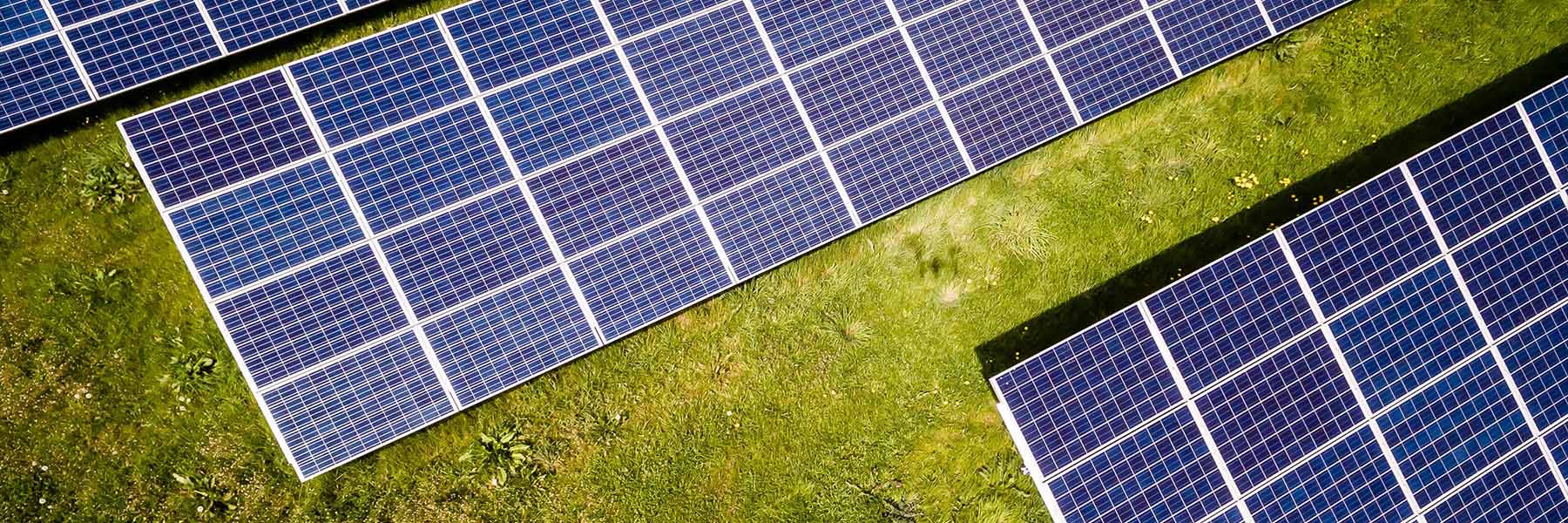The energy transition is generating disproportionate job losses in industries connected to fossil fuels as well as economic impacts on communities that host legacy industry economic activity. The energy transition also introduces, and at times exacerbates, other disparities as well, such as energy insecurity, when energy costs rise or only certain demographic groups benefit from more efficient and cleaner energy technologies that accompany the transition. Our team has characterized and synthesized such issues and seeks to open the dialog among scholars, practitioners, and policymakers about the many equity and justice dimensions of the energy transition. We have also sought to understand what conditions those on the frontlines of the transition are facing.
Understanding the dimensions of the problem
Research Publications
Mapping county vulnerabilities
![]() Energy-producing counties in Appalachia, Texas and the Gulf Coast region, and the Intermountain West may experience outsized impacts from the energy transition.
Energy-producing counties in Appalachia, Texas and the Gulf Coast region, and the Intermountain West may experience outsized impacts from the energy transition.
"Mapping county-level vulnerability to the energy transition in US fossil fuel communities," (D. Raimi, S. Carley, D. M. Konisky), Nature: Scientific Reports,(September 2022)
Equity and technological innovation
![]() To what extent are low-carbon technologies, and their associated behaviors, currently equitable, and what are potential policy and research implications moving forward?
To what extent are low-carbon technologies, and their associated behaviors, currently equitable, and what are potential policy and research implications moving forward?
"Equity, technological innovation, and sustainable behavior in a low-carbon future," (B. K. Sovacool, P. Newell, S. Carley, J. Fanzo), Nature Human Behavior, (January 2022)
Justice & Equity
![]() Understand the justice and equity implications of the energy transition.
Understand the justice and equity implications of the energy transition.
"The justice and equity implications of the clean energy transition," (S. Carley, D. M. Konisky), Nature Energy, (June 2020)
Green New Deal
![]() Explore how the goals of the Green New Deal will impact businesses.
Explore how the goals of the Green New Deal will impact businesses.
"What would the Green New Deal mean for business?" (S. Carley, D. M. Konisky), Harvard Business Review, (February 2019)
Communities' Perceptions
![]() Investigate the concerns of stakeholders' in front-line communities.
Investigate the concerns of stakeholders' in front-line communities.
"Stakeholder perceptions of the United States energy transition: Local-level dynamics and community responses to national politics and policy," (M. Graff, S. Carley, D. M. Konisky), Energy Research and Social Science, (September 2018)
Literature Review
![]() Further your understanding of the energy justice field through our literature review.
Further your understanding of the energy justice field through our literature review.
"A review of the environmental policy literature from 2014-2017 with a closer look at the energy justice field," (M. Graff, S. Carley, M. Pirog), Policy Studies Journal, (April 2019)
Adaptation in Coal Country
![]() Consider challenges faced by coal mining communities.
Consider challenges faced by coal mining communities.
"Adaptation, culture, and the energy transition in American coal country," (S. Carley, T. Evans, D. M. Konisky), Energy Research and Social Science , (March 2018)
Vulnerability Framework
![]() Adverse effects are not evenly spread across the US; some communities are more vulnerable to these effects than others.
Adverse effects are not evenly spread across the US; some communities are more vulnerable to these effects than others.
"A framework for evaluating geographic disparities in energy transition vulnerability," (S. Carley, T. Evans, M. Graff, D. M. Konisky), Nature Energy, (May 2017)


